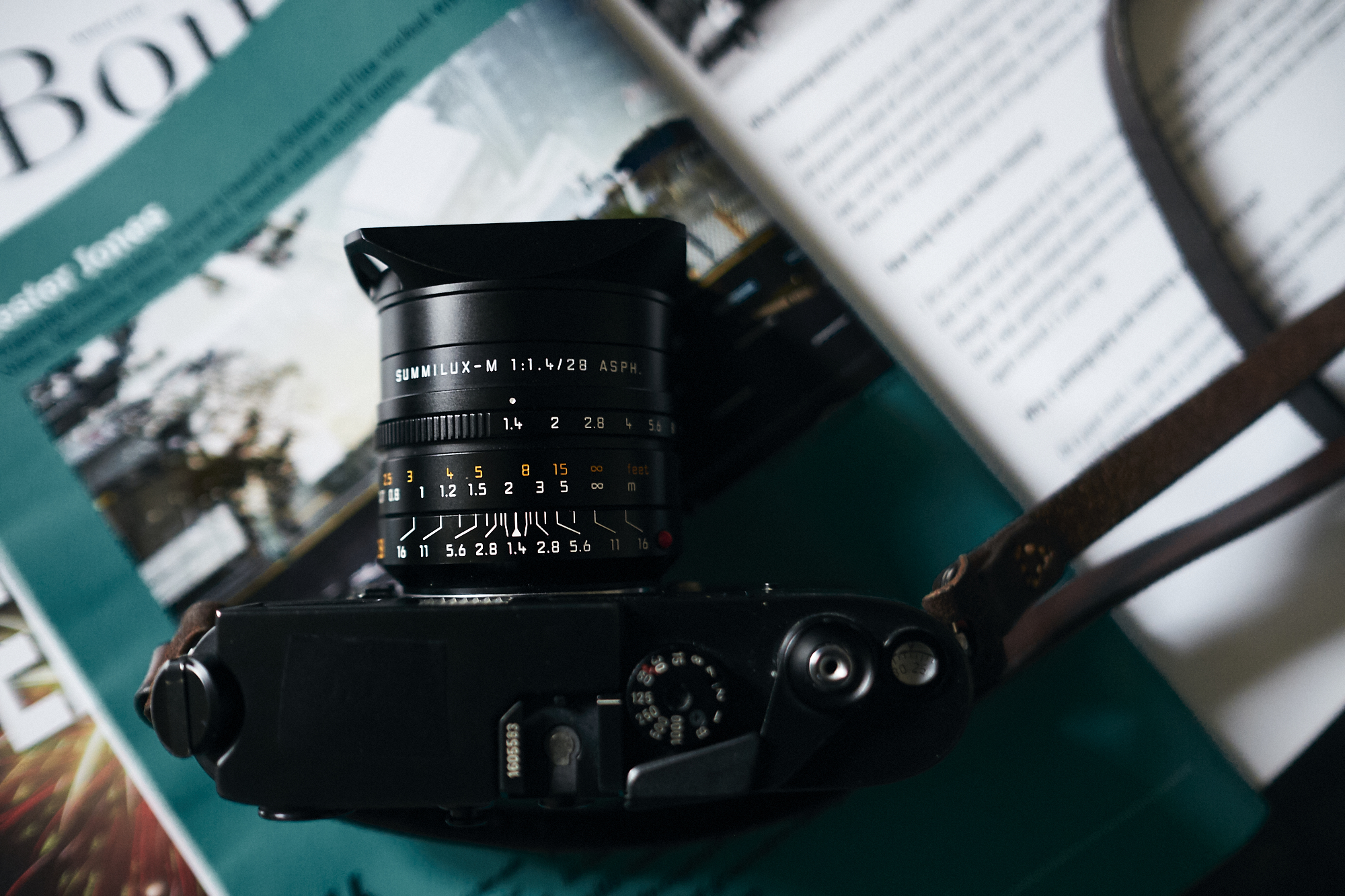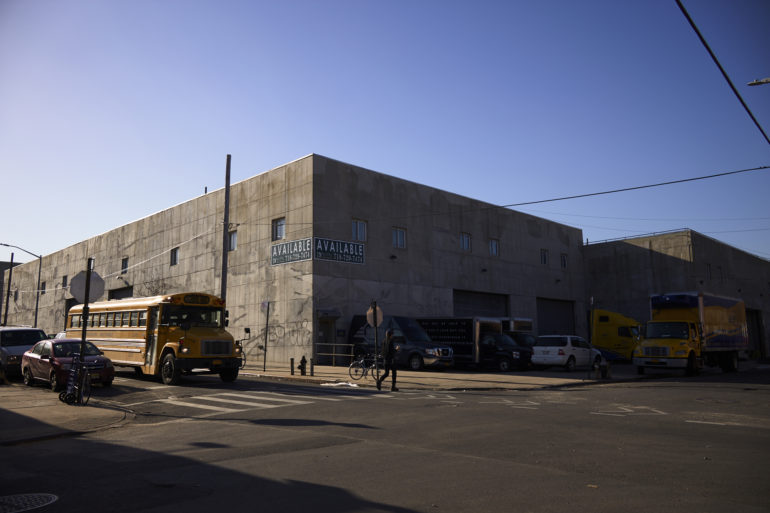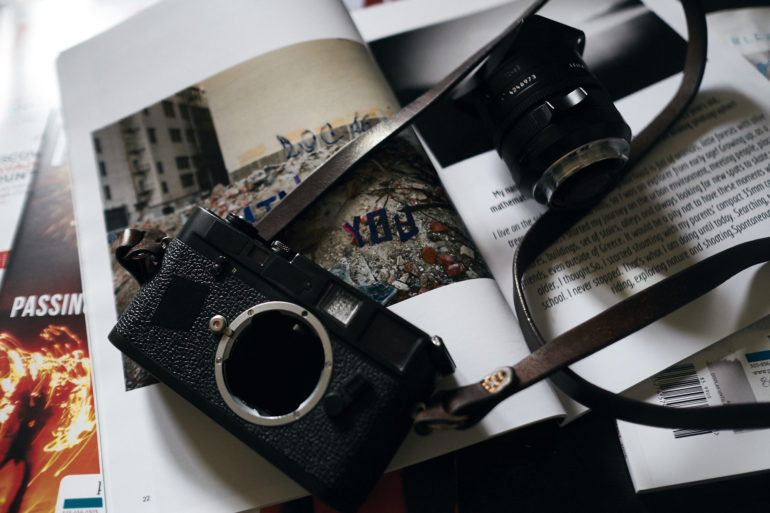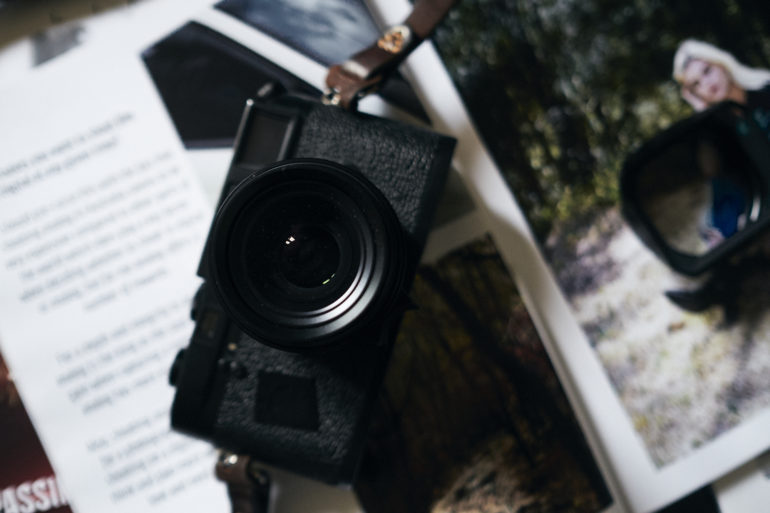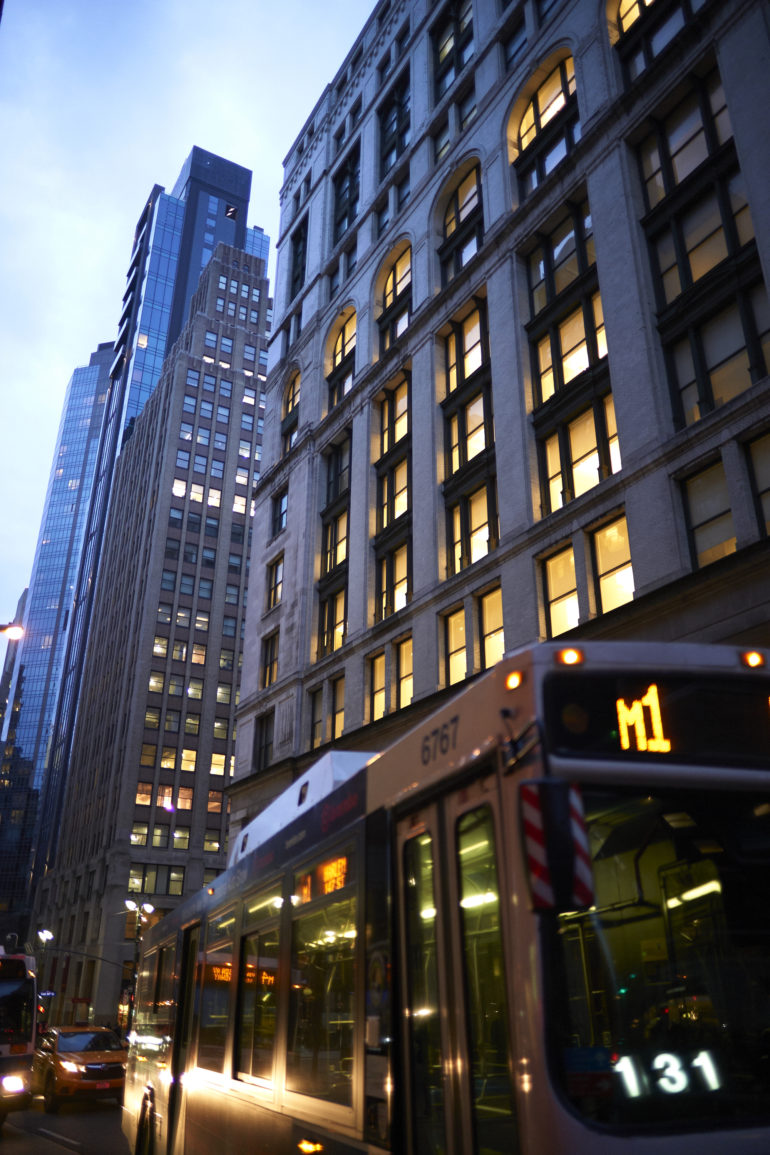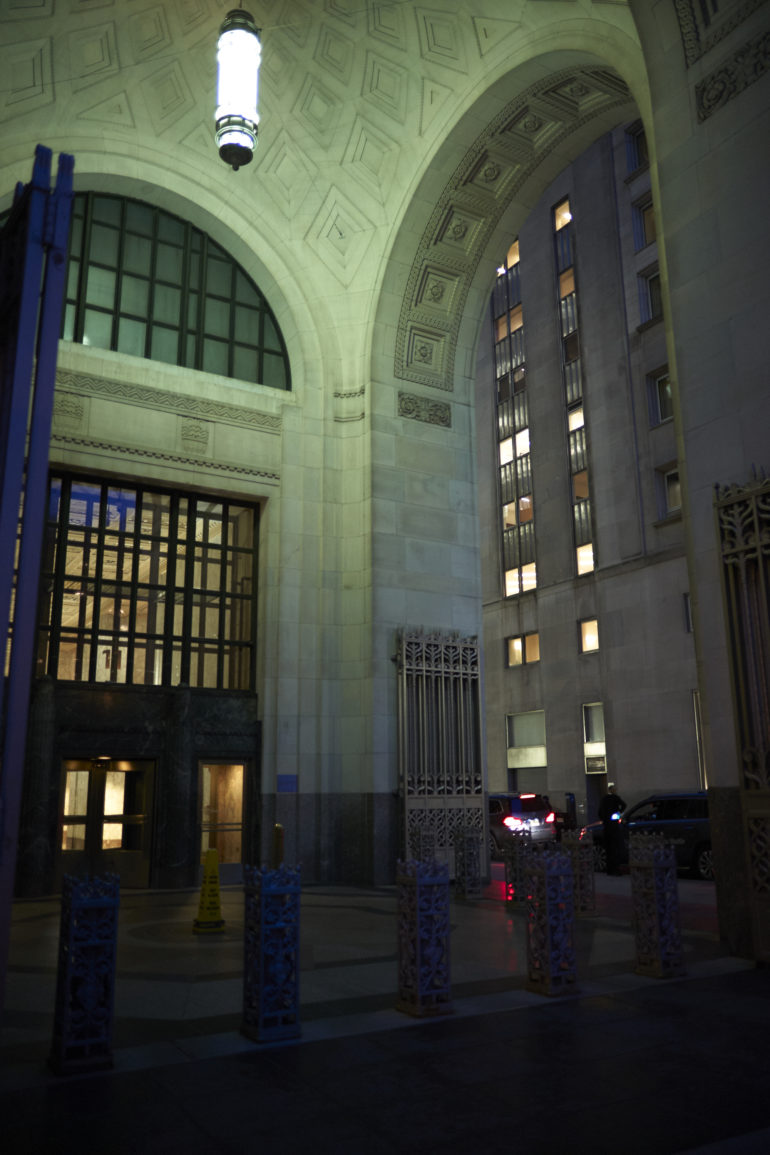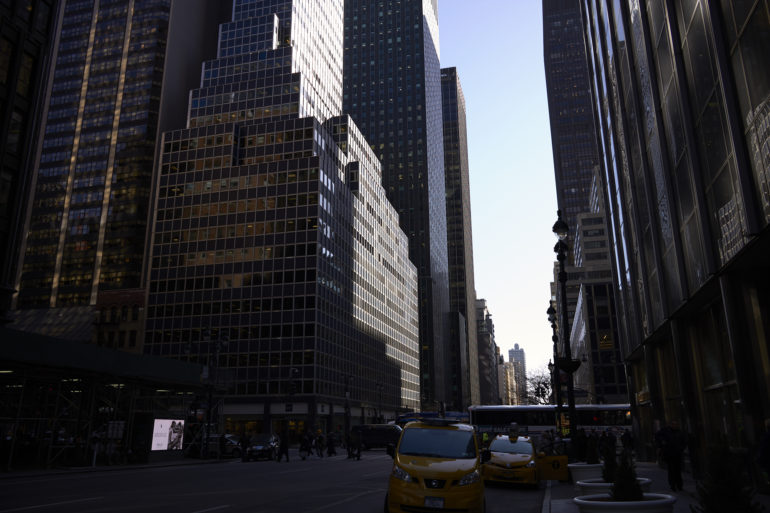Last Updated on 05/15/2018 by Mark Beckenbach
I didn’t think I’d fall in love with the Leica 28mm f1.4 Summilux like I did
The Leica 28mm f1.4 Summilux was offered to me to test after requesting it a long time ago. I’d probably never buy it brand new as I prefer my lenses and cameras to have what we Americans love to call “Patina” to them, and even as it is I’m pretty well set on the M mount lenses I currently own. The Leica 28mm f1.4 Summilux is quite possibly the ultimate photojournalist’s lens. It has a fast aperture, a solid build quality, and is surprisingly sharp at every single aperture. But even that isn’t the secret sauce to what makes this lens so incredibly special.
Table of Contents
Pros and Cons
Pros
- Solid build quality; it’s heavier than my M4-P and about the same weight as the Leica M10 that I tested it on.
- Sharp optics
- Beautiful bokeh
- The gorgeous look only Leica lenses tend to render
- Incredibly simple to use the zone focusing scale
Cons
- Leica M lenses like this don’t have weather sealing.
- The sound of your wallet crying at the over $6,000 price point.
Gear Used
We tested the Leica 28mm f1.4 Summilux with the Leica M10 and the Leica M4-P with Kodak T-Max P3200
Tech Specs
Specs taken from the Adorama page listing
General
- Lens Mount
- Leica M
- Color
- Silver
- Format Compatibility
- Full Frame
Focus
- Focus Type
- Manual Focus
- Closest Focus Distance
- 2.3″ / 70 cm
Optics
- Focal Length
- 90mm
- Aperture Range
- f/2.4 – f/16
- Filter Size
- 49mm
Construction
- Lens Elements / Groups
- 4 Elements / 4 Groups
- Diaphragm Blades
- 10
- Dimensions
- Length (without lens caps) 58 mm (2.3″)
Diameter max. 69 mm (2.7″) - Weight
- 9.9 oz / 280g
Features
- Image Stabilization Type
- None
Ergonomics
The Leica 28mm f1.4 Summilux may look confusing to a lot of photographers, but it truly isn’t. There is an aperture ring, a focusing ring and behind that there is a depth of field scale. They all work very well together and in fact, having them all that close to one another makes them easier to read and use. The lens is comprised of all metal on the exterior.
The one control on the Leica 28mm f1.4 Summilux is focusing. This can be done using the focusing tab near the bottom. This tab is metal and feels really nice.
The front of the Leica 28mm f1.4 Summilux has no markings at all. So it won’t attract that much attention.
Build Quality
The Leica 28mm f1.4 Summilux is a solid chunk of metal and glass. I took it off my M4-P the other night and had a friend hold this and my camera. The lens is heavier for sure. But the M10 is perhaps around the same weight. With all that said, I’d still much rather carry an M10 and a 24mm f1.4 around than a Nikon D850 and a 28mm f1.4. However, Nikon’s version has weather sealing – something the majority of Leica M lenses do not have because the system wasn’t really designed for it even though there have been implementations and attempts in recent years.
In the hand, the Leica 28mm f1.4 Summilux feels fantastic, as does the knurled focusing tab when you go about trying to line up a shot through the viewfinder. Then consider that, relatively speaking, this is a very small lens. Small primes are the desire of so many photographers, including this one.
Ease of Use
Now, if you’re a photographer that is very used to autofocusing, then rangefinder focusing will be difficult to take up. My tutorial on how to focus a rangefinder camera with zone focusing will help you out though.
But, if you’re an experienced Leica shooter or know how to work with rangefinders, then this lens will be one of the easiest to use. This is partially because it is such a wide optic. But it allows you to go very shallow with the depth of field or instantly have everything you need in focus. This is due to the focal length’s nature, the fast aperture, and the way the focusing distance scale is designed.
Focusing
Remember when I was talking about the secret sauce of this lens? The Leica 28mm f1.4 Summilux’s secret is with its absolute fantastic scale focusing. The depth of field scale is set up so accurately that you may almost never actually need to look through the viewfinder. At one point I was guessing that a subject was six feet away from me and so I set the focusing to six feet, shot wide open and I nailed the shot. At another point, I figured that people were 8 feet away from me. Then I focused to that distance and nailed the shot again. But what makes this so great is that there are enough specific markings to tell you how far away you should be focusing – moreso than what I’ve seen on lots of other options on the market.
If you’re used to autofocus, then you probably won’t understand this. But if you’re used to zone focusing, then you’ll completely understand how this works and how incredible this is for your work.
Image Quality
The Leica 28mm f1.4 Summilux is quite honestly second to none. The closest thing you might compare it to is the Nikon 28mm f1.4, but that is a DSLR lens. Then there is Sony’s 28mm f2, but that is an autofocus lens and f2. There is seriously nothing like the Leica 28mm f1.4 Summilux. This applies to the quality of the bokeh, the colors, the ease of use, the sharpness, and the overall performance. Believe it or not, even though I was tempted to shoot with this lens wide open most of the time I resisted the urge and stopped it down. The choice was a good one, as I discovered just how incredibly sharp the Leica 28mm f1.4 Summilux is.
Bokeh
You’ll get your best bokeh from the Leica 28mm f1.4 Summilux when you shoot wide open of course and focus closely. For me, I focused on a buddy of mine when we went out foodie exploring. When combined with effective white balancing methods, the bokeh will really, really pop. And this is where I think things are pretty interesting because the bokeh from the Leica 28mm f1.4 Summilux is gorgeous and creamy but so too is that from the Nikon 28mm f1.4. Here’s a relative comparison between these two lenses and the Sony 28mm f2.



You can read our Nikon 28mm f1.4 review and Sony 28mm f2 reviews at their respective links.
Color Rendition
The colors from the Leica 28mm f1.4 Summilux are gorgeous. Leica lenses have a special character to them in the same way that Zeiss lenses do. You can’t deny it and the image quality it helps to create isn’t really film-like but instead it’s captivating to look at. I can’t equate it to anything else coming out of Japan unfortunately.
Chromatic Aberration
The Leica 28mm f1.4 Summilux displayed no chromatic aberration. The distortion is there, but even so it isn’t that terrible.
Sharpness
I think part of what adds to the sharpness from the Leica 28mm f1.4 Summilux is the sense that there is a micro contrast to the scene. The lens is indeed very sharp even wide open. When stopped down it gets even sharper. There is generally no good reason to stop down past f11. Photographers who get this lens will be pleased with the sharpness both wide open and when slightly stopped down. When it comes to street photography, all that you’ll really need to worry about is getting your scene in focus.
Something that I was told awhile back about Leica lenses is that they’re designed in a different way in regards to how the light travels. It hits the sensor in a different way and therefore to them, it helps them render sharper images.
Extra Image Samples
Conclusions
Likes
- The color rendition
- The bokeh
- The sharpness
- The size
- The overall image quality
- The solid feel
- The fact that you can do so much with a 28mm lens like this
Dislikes
- The price
I absolutely adore the Leica 28mm f1.4 Summilux. I think that for documentary and street photography, this has to be one of the best lenses on the market. But it also lends itself to being a generally fantastic optic overall. There is solid build quality, but I wish that Leica M glass (or the more modern ones) had weather sealing. The image quality is solid, the bokeh is gorgeous, the colors are beautiful, the sharpness is incredible, and the look is that of a Leica. I’ve tested a few other 28mm lenses for the M mount system and this has to be the best of the bunch. Of course, it also means that you’re going to fork over quite a bit of rent money to afford one.
Maybe, like all things Leica, it’s something to aspire to.
The Leica 28mm f1.4 Summilux receives five out of five stars. Want one? Head on over to Amazon.


